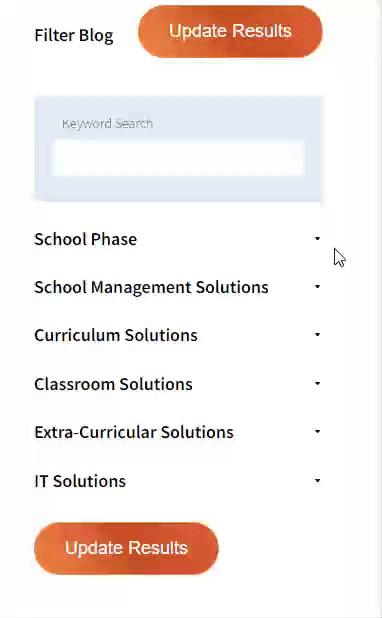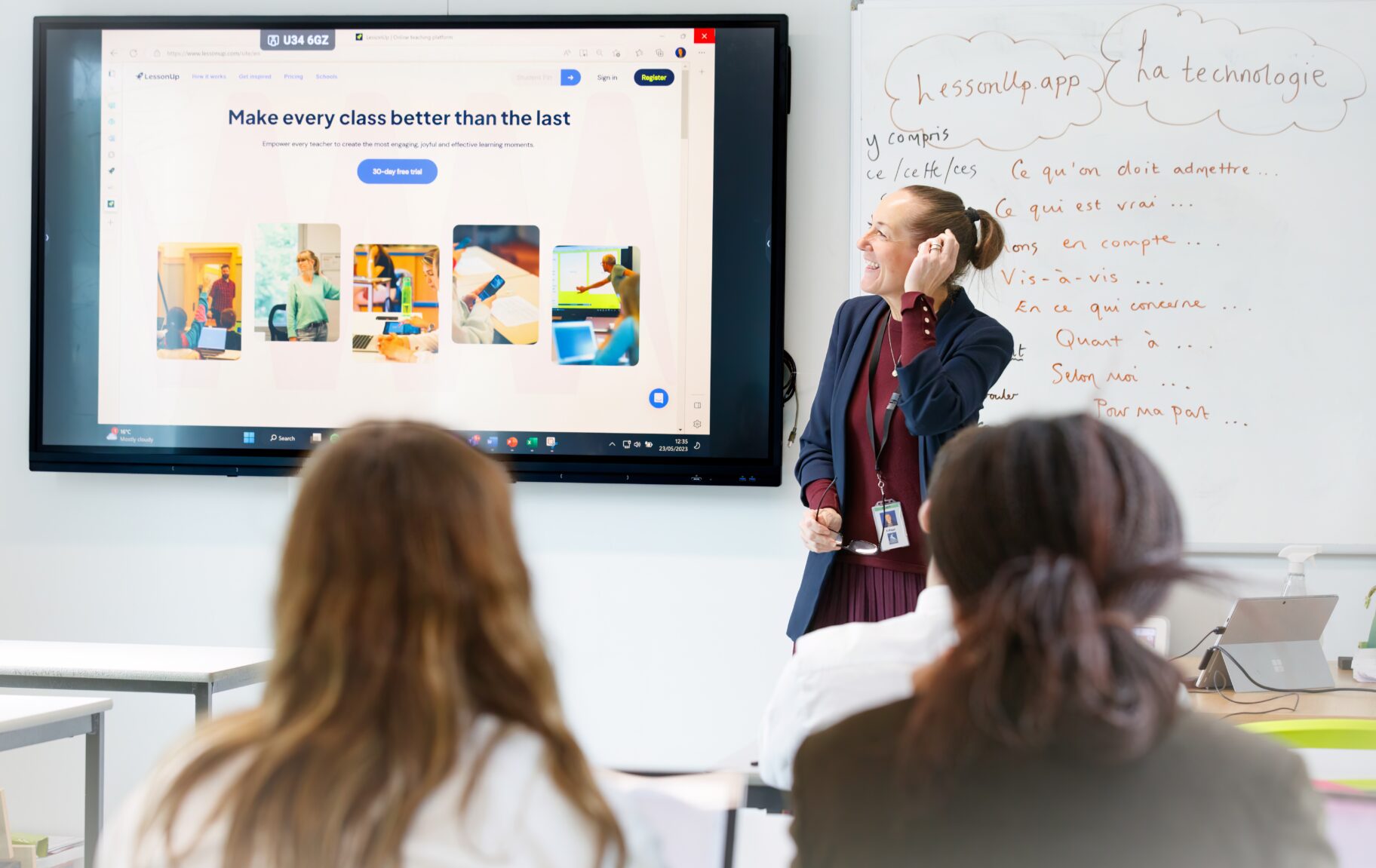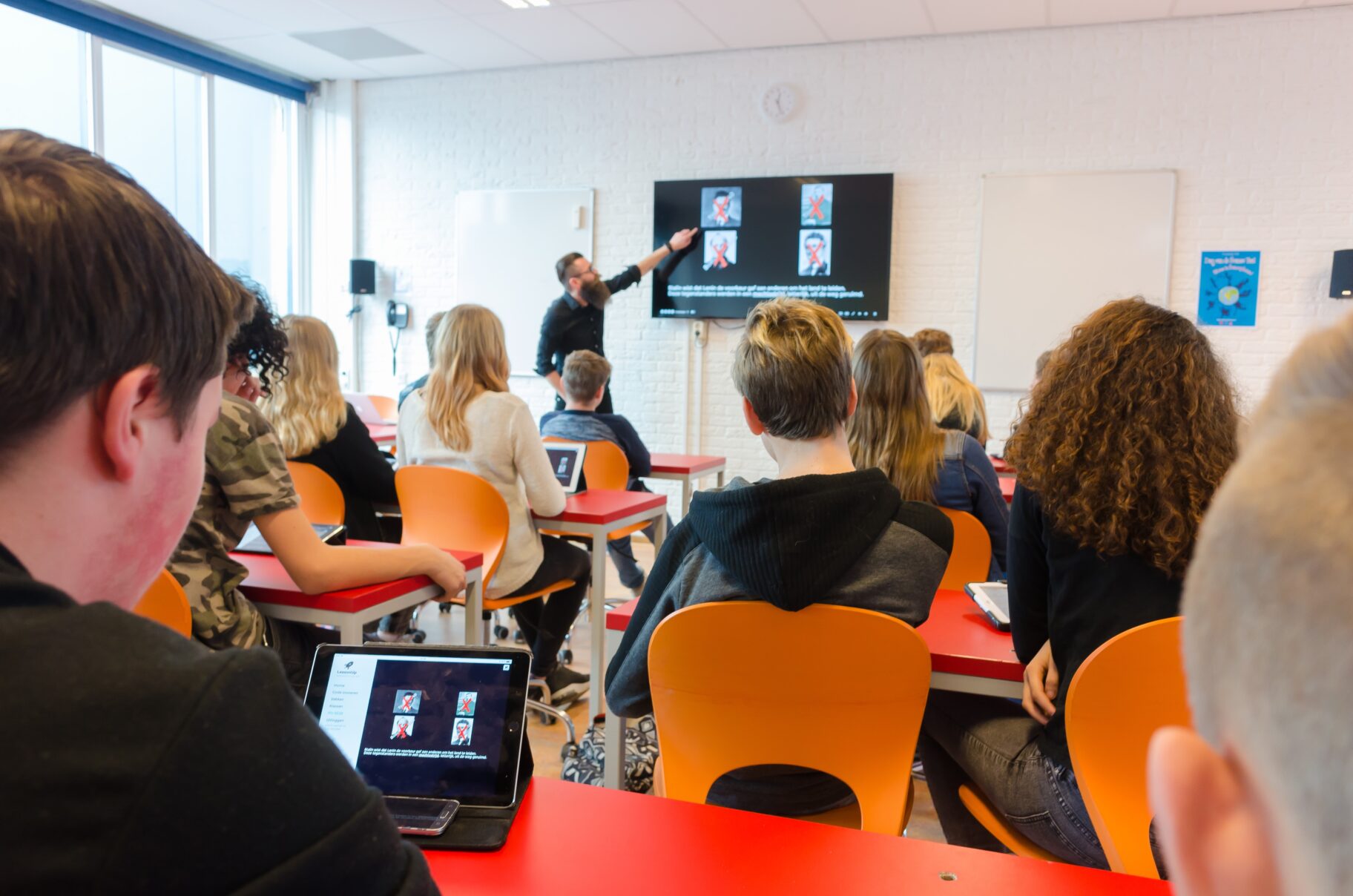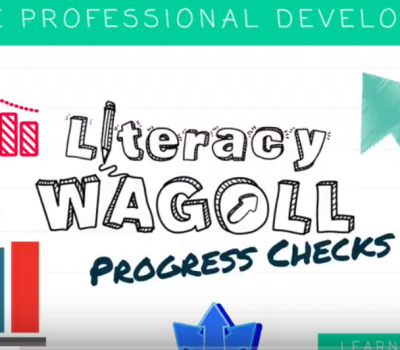


Our team sorts through all blog submissions to place them in the categories they fit the most - meaning it's never been simpler to gain advice and new knowledge for topics most important for you. This is why we have created this straight-forward guide to help you navigate our system.


And there you have it! Now your collection of blogs are catered to your chosen topics and are ready for you to explore. Plus, if you frequently return to the same categories you can bookmark your current URL and we will save your choices on return. Happy Reading!
AI-driven education frequently overlooks the intrinsic essence of education, which is inherently human.
Education centres on nurturing growth, fostering emotions, and forging connections.
AI can serve as a valuable tool but cannot replace effective teaching.

We’ve all been fortunate to have some exceptional teachers in our lives. What truly distinguished them was not just their effectiveness but rather their remarkable ability to form connections, motivate us, and make us feel unique.
Teachers could foster this same skill in students. It’s crucial that educators reevaluate how they create assignments and approach teaching in the age of AI. Technology should never be an obstacle but rather a means of support to aid your students in comprehending and thriving in our digitalised world.
When used appropriately, AI holds the potential to alleviate the workload in the education sector and give you more time to focus on what you love the most – delivering outstanding teaching, engaging with students, and witnessing their progress.
This is why, at LessonUp, we made the decision to embrace AI and integrate a generative language model into our toolkit. Her name is Maia, and she serves as an efficient AI assistant for teachers. You can use Maia to create initial drafts of your digital lessons, reducing your workload and saving valuable time. If you’re beginning to incorporate AI, it’s likely that your students are already encountering it as well. When done correctly, AI can support and enhance their educational journey, but there are associated risks. As their teacher, you can initiate discussions on this topic with them and set an example of responsible AI use.
Consider generating the initial draft of a lesson (if you haven’t already) with the assistance of your free AI companion, Maia, and be sure to tag it as ‘Created with Maia’. Notify your students that you will visually mark lessons created with AI, and that they should do the same when they use AI for assignments. By fostering an environment of transparency, your students will likely follow suit. You are imparting a sense of responsibility and demonstrating the proper use of AI. You can download our ‘Created with Maia’ tag to set a positive example!

Generative AI tools can make certain written tasks quicker and easier but cannot replace the judgement and deep subject knowledge of a human expert.
Departmental statement
Department for Education (UK)

Create two distinct digital lessons using Maia, both based on the same prompt, one reviewed and edited by you and one left unchanged. Challenge your students to identify the disparities between them. Next, encourage them to investigate a subject with the assistance of ChatGPT and collectively analyze it for inconsistencies and inaccuracies. By exemplifying responsible conduct and fostering a mindset of critical evaluation of AI-provided data, you illustrate to learners that this is the best approach.
The education sector needs to prepare students for changing workplaces, including teaching them how to use emerging technologies, such as generative AI, safely and appropriately.
Departmental statement
Department for Education (UK)
As per guidance from the Department of Education, ‘Educational institutions should ensure that children and young individuals do not access or create harmful or inappropriate content, including via generative AI’. Safeguarding children in education is paramount, and you are in the best position to engage in a conversation with them about the significance of caution and refraining from disclosing personal information when using generative AI tools. It is also crucial to educate them about fraudsters who utilize AI language models to appear more professional or trustworthy.


The author

Read more

Read more

Read more

Read more

Read more

Read more

Read more

Read more


Are you looking for solutions? Let us help fund them! Nexus Education is a community of over 11,000 schools that come together to share best practise, ideas and CPD via online channels and free to attend events. Nexus also offers funding to all school groups in the UK via nexus-education.com


Established in 2011, One Education is a company at the heart of the education world, supporting over 600 schools and academies. Our unique appeal as a provider is in the breadth and synergy of the services we offer, supporting school leaders, teachers and support staff to achieve the best possible outcomes for their pupils and staff.

School Space is a social enterprise that has empowered schools for over 12 years through their profitable and hassle-free lettings services. So far, they’ve generated over £5 million in revenue for education, helping to connect over 200 schools with their local communities.


Unify is an online sales and marketing tool that allows users to create tailored personalised documents in moments.


There’s nothing special about the energy we sell. In fact, it’s exactly the same energy as all our competitors provide. But there is something special about the way we do it. Where others complicate the process, we simplify it. Where others confuse customers with hidden terms, we’re an open book. And where others do all they can to make as much money from their customers as possible, we do all we can to make as little. Everything we do, we do it differently. Our customers are a privilege. One we’ll never take advantage of.


Securus provide market-leading monitoring solutions to safeguard students on ALL devices both online and offline. We also offer a full monitoring service, where we carry out the monitoring on behalf of the school, freeing up valuable staff resources. From the smallest school to large MAT groups, Securus offers safeguarding protection for all!


Bodet Time offers dedicated solutions to education through lockdown alerts, class change systems, PA and synchronised clock systems. Improving time efficiency of the working and school day; ensuring safety through lockdown alerts; increasing communication with customised broadcast alerts.


Robotical makes Marty the Robot - a walking, dancing coding robot that makes programming fun and engaging for learners as young as 5. Our robots come with a full Learning Platform that has complete teaching resources, to make lesson planning a breeze.